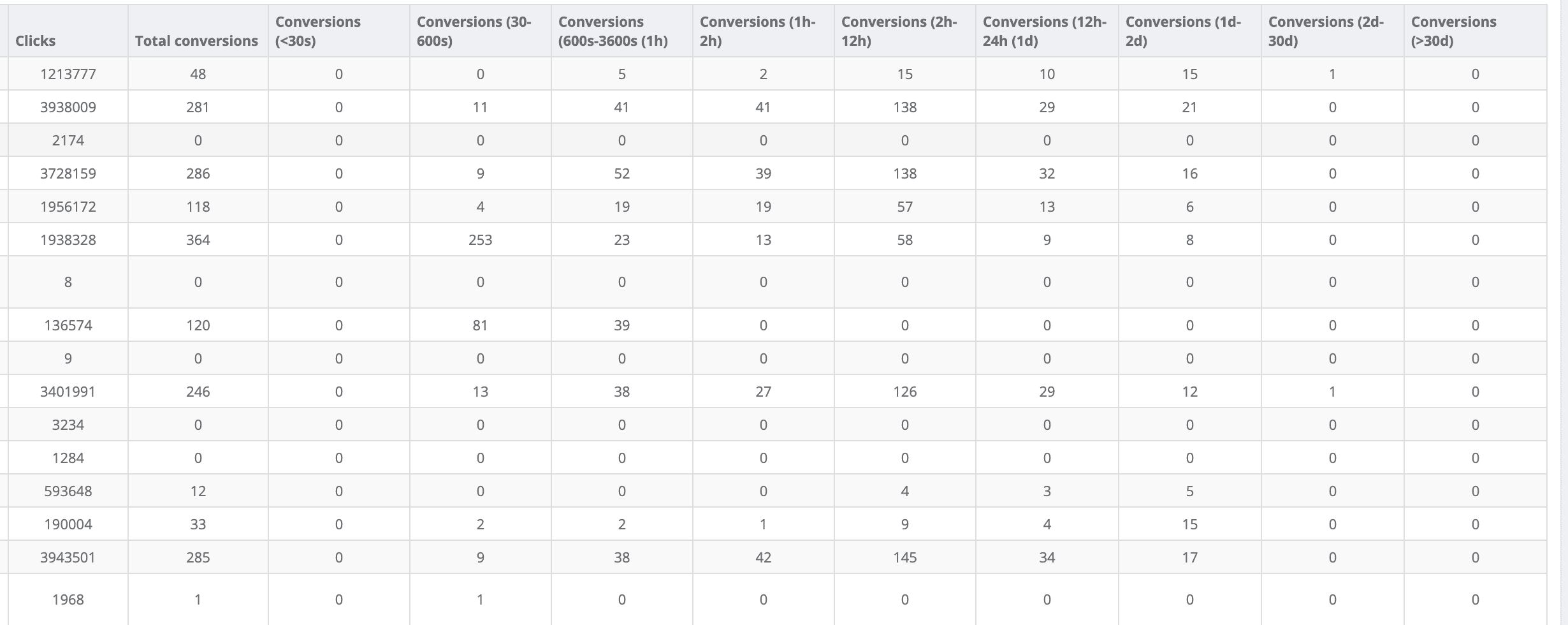Written by
Content Manager
Anna is a Content Marketer with a background in B2B, creative approach, and eagerness for professional improvement. She aspires to produce content that helps achieve business objectives and benefit readers. When she’s not delved into writing another exciting article for you, she’s probably fooling around with her cat.
See all articles →
















